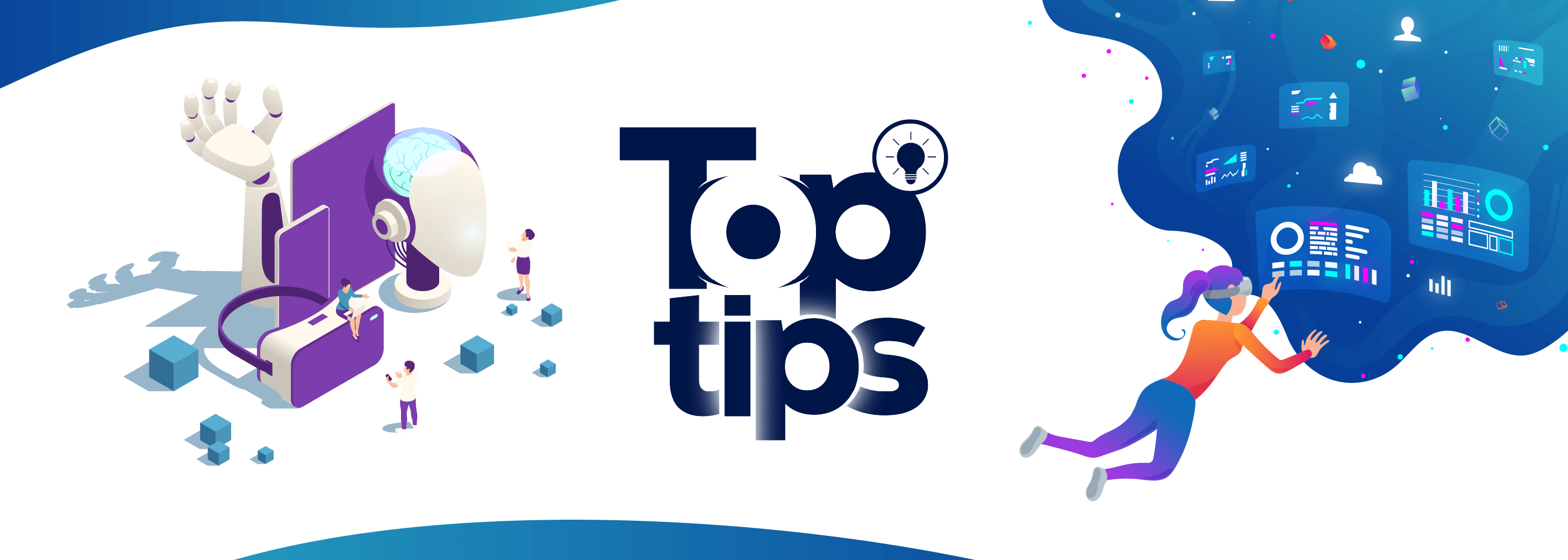Top tips to integrate AI into your digital transformation
Top Tips is a weekly column where we highlight what’s trending in the tech world and share ways to stay ahead. This week, we’re looking at how AI is quietly replacing digital transformation and what you can do to integrate it effectively into your business.

Not too long ago, digital transformation was the holy grail of innovation. Everyone was rushing to build websites, move their data to the cloud, automate spreadsheets, and replace paper trails with screens.The goal was clear: Automate what you can, go online, and stay connected.
It felt futuristic back then, but that era is quietly fading.
We’ve already digitized our processes. What’s next isn’t about where your data lives, but what it can do.
From doing things digitally to thinking digitally
Digital transformation gave us speed and convenience, online banking, e-commerce, and remote work are all proof. However, AI transformation takes it a step further. It adds a layer of intelligence that turns digital systems into decision-makers.
Think about it like this:
Digital transformation was like giving your business a car.
AI transformation is adding a self-learning GPS that reroutes in real time based on traffic, weather, and your driving habits.
That’s where we’re headed: A world where technology doesn’t just execute commands but understands intent, context, and impact. Gartner® predicts that by 2026, over 80% of enterprises will use GenAI APIs or run AI-powered applications.
So, how do you begin this shift? Here are some practical ways to start weaving AI into your transformation journey without losing the human spark!
1. Start small, think long-term
You don’t need a major project to get started. Even simple pilot projects, like improving data pipelines or using AI to parse unstructured documents, can deliver measurable results quickly and set the stage for larger-scale transformation. Prove the value, learn from the results, then expand. Small, smart wins compound faster than one big risky leap.
2. Audit before you automate
Don’t rush into AI blind. Take a clear look at where your data lives, which processes repeat endlessly, and where your teams lose the most time. AI feeds on patterns, so the better you understand your workflows, the smarter your automation choices will be. Some things are best left to employees; this step helps you tell which is which.
3. Invest in data hygiene
Even the smartest AI is useless without clean data. If your data is incomplete, inconsistent, or outdated, your AI will mirror those flaws. Clean, structured, accurate data is what turns AI from a gimmick into real intelligence.
4. Upskill your people
AI tools are only as effective as the people who use them. Encourage teams to experiment, learn prompts, interpret insights, and question outputs. When people understand the why behind what AI does, they use it not just efficiently but wisely.
5. Keep humans in the loop
AI can calculate, predict, and optimize, but it can’t empathize. That’s your edge. Keep human oversight in every system that makes real-world decisions, especially those affecting people, ethics, or safety.
6. Rethink security and privacy
More AI means more data flowing between systems and more room for risk. Don’t treat security as an afterthought. Build compliance, transparency, and protection into your AI roadmap from the start.
Looking ahead
Digital transformation helped us connect the dots: systems, people, and processes.
AI transformation is teaching those dots to think. Not in a sci-fi, sentient way, but in how organizations sense change, respond faster, and continuously evolve.
As AI continues to blur the line between automation and intelligence, the question for every business isn’t “Should we use AI?”